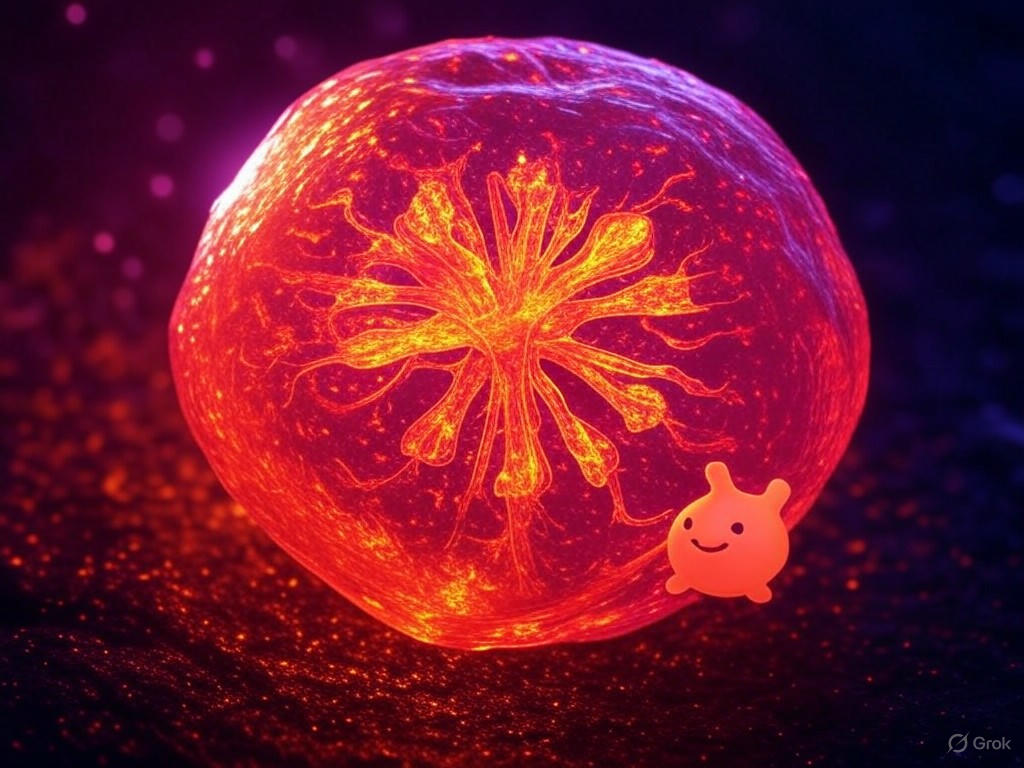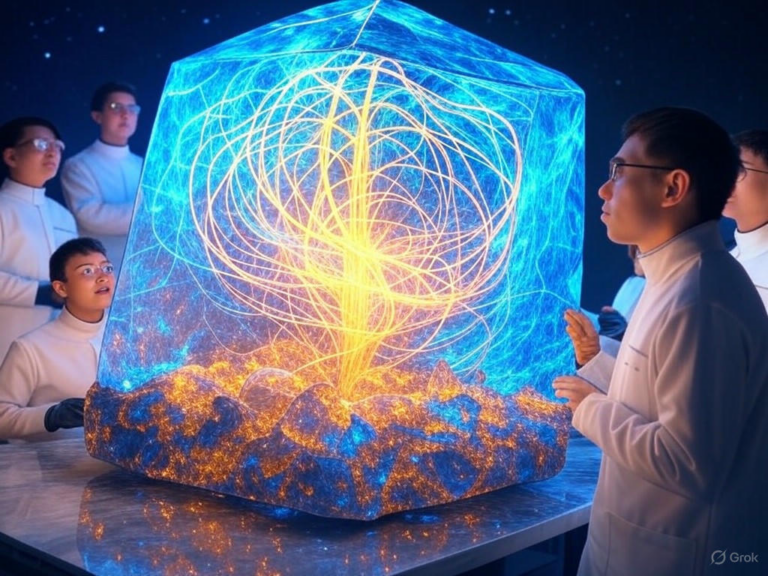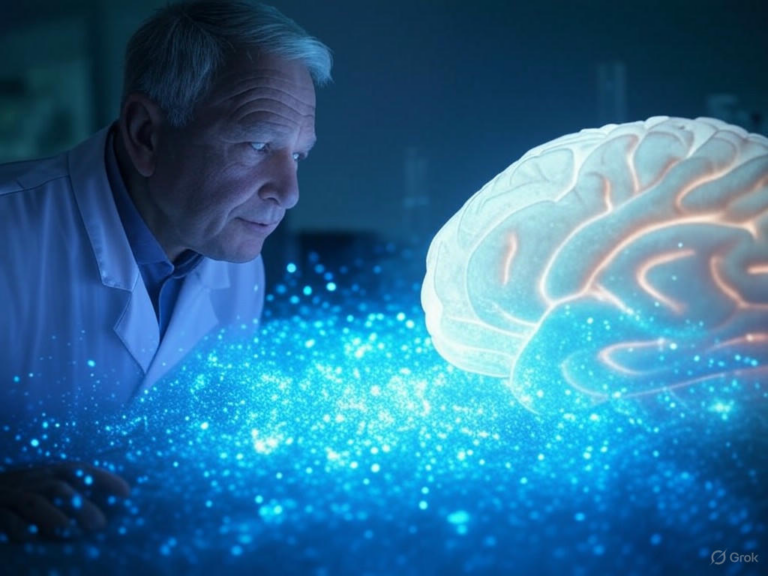
Life’s Computational Limits Higher Than Previously Thought
Quantum Biology Unlocks Hidden Depths in Life’s Computational Limits
Imagine if the building blocks of life were not just biochemical wonders but also quantum marvels, processing information at speeds we barely grasp. That’s the revelation from recent research on the computational limits of life, where Howard University physicist Philip Kurian has shown that living organisms might operate far beyond what we once thought possible. Published in March 2025 in Science Advances, this study draws on quantum mechanics to redefine how carbon-based life handles data, pushing those computational limits of life into uncharted territory.
What if our cells are mini quantum computers, quietly outperforming classical models? Kurian’s work, as the founding director of the Quantum Biology Laboratory, establishes a new upper bound on the computational limits of life that eclipses prior estimates by orders of magnitude. This breakthrough not only honors Erwin Schrödinger’s original query from 1944 but also integrates it with modern quantum principles, offering a fresh lens on how life computes.
Revisiting Schrödinger’s Legacy in the Computational Limits of Life
It’s fascinating how a question from over 80 years ago still echoes in today’s labs. Philip Kurian’s research arrives just as we celebrate the 2025 International Year of Quantum Science and Technology, cleverly revisiting Schrödinger’s “What is Life?” through the prism of quantum mechanics. By weaving together thermodynamics, relativity, and quantum theory, Kurian describes this as a “major paradigm shift” that reexamines the computational limits of life in biological systems.
Have you ever wondered if everyday biology hides quantum secrets? This interdisciplinary approach probes how quantum information processing could thrive in ambient conditions, like the warmth of a living cell. It’s a reminder that the computational limits of life aren’t fixed; they’re evolving with our discoveries.
Quantum Superradiance: Transforming Our View of Life’s Computational Boundaries
At the heart of Kurian’s findings is quantum superradiance, a phenomenon that flips traditional ideas about biological computation on their head. While classic models relied on slower processes like ionic signals, operating at about 10³ operations per second, superradiance in cellular structures ramps this up dramatically. Experiments on fluorescence quantum yield in cytoskeletal polymers show processing speeds hitting 10¹² to 10¹³ operations per second, magnifying the computational limits of life by ten trillion times.
This leap isn’t just impressive—it’s a game-changer. For instance, think about how a simple plant cell might use this quantum edge to optimize photosynthesis. Kurian’s research places these capabilities within striking distance of the Margolus-Levitin limit, the theoretical peak for quantum computing, suggesting that even basic life forms are pushing against the computational limits of life in ways we never anticipated.
Getting Close to the Edge of Life’s Computational Efficiency
What does it mean for organisms to operate near these theoretical bounds? Kurian’s insights reveal that both aneural creatures and complex neurons have been vastly underrated in terms of their information processing. This could change how we approach fields like neuroscience or ecology, where understanding the computational limits of life might unlock new efficiencies in nature-inspired tech.
Consider a hypothetical: If bacteria can compute at quantum speeds, how might that influence antibiotic development? By appreciating these hidden strengths, we’re not just observing life—we’re learning from it.
Life’s Computational Limits in a Cosmic Perspective
Zoom out from Earth, and Kurian’s work gets even more mind-bending. He links the computational limits of life on our planet to the vast potential across the universe, estimating that 10²⁰ habitable worlds could host similar superradiant life. If these planets have sustained life as long as Earth, the total computational power would surge, yet still fall short of the universe’s full capacity by about 40 orders of magnitude.
This cosmic scale puts our own computational limits of life into context, don’t you think? It’s like comparing a single neuron to the entire brain of the cosmos. For astrobiologists, this opens doors to rethinking where and how life might emerge, emphasizing quantum effects as key indicators.
Expanding Beyond Carbon: Exploring Silicon-Based Computational Limits of Life
Life doesn’t have to be carbon-only, and Kurian’s research hints at silicon-based alternatives with quantum flair. Silicon carbide, for example, shows unique quantum properties, including superradiance in its emissions, which could support entirely new forms of life. This challenges the carbon-centric views in astrobiology, suggesting that the computational limits of life might vary based on elemental building blocks.
Picture a world where silicon life forms process information in harsh environments, like deep space. Such possibilities could guide future space missions, prompting us to scan for quantum signatures rather than just water or atmospheres.
Wide-Ranging Impacts on Science from Life’s Computational Limits
How This Advances Quantum Computing
Kurian’s discoveries offer a blueprint for quantum tech innovators. By studying how biological systems maintain quantum coherence at room temperature, researchers can overcome major hurdles in building stable quantum computers. This means the computational limits of life aren’t just theoretical—they’re practical tools for innovation.
Ever pondered how nature beats our best labs at quantum stability? It’s a lesson in efficiency that could lead to faster, more reliable devices, blending biology with engineering.
Shifting Astrobiology’s Search for Life’s Computational Boundaries
In the quest for extraterrestrial life, quantum effects might be the missing puzzle piece. If computational limits of life rely on superradiance, our tools need to detect those signals. Kurian urges scientists to integrate this into origin-of-life studies, evolving our strategies alongside quantum insights.
What if the next big telescope discovery hinges on spotting quantum activity? This could redefine the Drake Equation, making it more attuned to the computational limits of life across the stars.
Evolutionary Angles on Life’s Computational Limits
Natural selection might favor quantum-capable structures for their speed and precision, adding a new layer to evolutionary biology. Kurian’s findings suggest that the computational limits of life have shaped how species adapt and thrive.
For example, could quantum processing explain the rapid decision-making in animal behaviors? It’s a question that invites deeper exploration into life’s clever designs.
Core Principles Behind These Computational Limits of Life
Kurian’s framework rests on quantum mechanics, the speed of light, and Einstein’s matter-energy equivalence. By applying these to cytoskeletal filaments with quantum optical traits, he unveils how life processes information at unprecedented levels.
This isn’t abstract science; it’s grounded in lab discoveries, showing that even in messy, warm environments, quantum effects flourish.
A Quantum Twist on the Drake Equation and Life’s Computational Limits
Imagine updating the Drake Equation with quantum factors— that’s what Kurian proposes. His version sets a “Drake-like upper bound” for superradiant life’s operations, scaling based on planetary habitability and quantum efficiency.
This quantitative tool could help estimate not just life’s prevalence, but its computational might, guiding future cosmic surveys.
Challenges Ahead in Understanding Life’s Computational Limits
Proving quantum effects in living systems is no small feat, requiring advanced tech to navigate biological complexity. As the field grows, theories will refine, addressing gaps in quantum information theory.
Yet, these hurdles spark excitement. What breakthroughs might we see next, pushing the computational limits of life even further?
Wrapping Up: Redefining Life Through Its Computational Limits
Philip Kurian’s research paints life as a quantum virtuoso, operating near optimal efficiency and challenging our deepest assumptions. It’s a testament to how the computational limits of life might have driven evolution from the start, harnessing quantum quirks for survival.
If this has sparked your curiosity, why not share your thoughts in the comments below? Dive into related topics on our site, like quantum tech advancements, and let’s keep the conversation going. Your insights could inspire the next big idea.
References
- Phys.org. “Physicist revisits the limits of life à la Schrödinger.” Link
- Science Advances. “Quantum bounds on life’s computational power.” DOI: 10.1126/sciadv.adt4623. Link
- EurekAlert. “Howard University physicist explores quantum boundaries of life.” Link
- TechExplorist. “Quantum biology redefines life’s computational limits.” Link
- Bioengineer.org. “Howard University physicist delves into Schrödinger’s inquiry in the quantum age.” Link
- Science. “Mathematician claims breakthrough in complexity theory.” Link
- IPullRank. “Why AI content isn’t an SEO threat.” Link
- Space Daily. “Howard University researcher explores quantum bounds on life’s power.” Link
computational limits of life, quantum biology, Philip Kurian, Schrödinger, quantum computing, superradiance, carbon-based life, astrobiology, quantum physics, evolutionary biology







